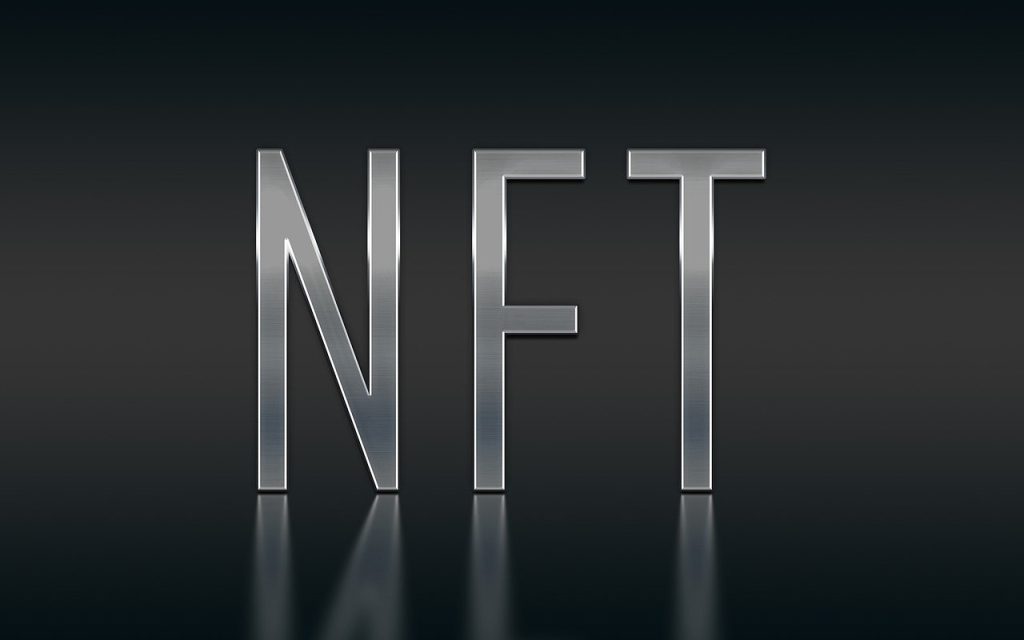
The Significance of Rarity and Uniqueness in NFTs: Why Acquiring a Limited Collection is a Must
In the rapidly evolving world of NFTs (Non-Fungible Tokens), one key factor consistently drives the value of a collection: rarity. In a digital age characterized by abundance, rarity becomes a precious asset, especially in the realm of digital collectibles. This article delves into why rarity and uniqueness are essential in NFTs and why these qualities should motivate you to invest in a limited collection.
Rarity and Uniqueness : The Foundations of NFT Value
Rarity is a fundamental concept that underpins the value of collectibles, whether they are physical or digital. In the context of NFTs, rarity often refers to the limited number of digital assets available. The scarcer an NFT, the higher its perceived value. This principle holds especially true for limited collections, where each piece becomes a highly sought-after item that few can own.
Uniqueness, on the other hand, extends beyond mere scarcity. It encompasses the specific characteristics of an NFT that differentiate it from all others. Each NFT possesses attributes that make it one-of-a-kind, whether it’s the artwork itself, associated metadata, or the story behind it. This blend of rarity and uniqueness creates an offering that cannot be replicated, further enhancing the collection’s value.
The Allure of Limited Collections
Collectors and investors are increasingly drawn to limited collections due to their potential for value appreciation. When demand outstrips supply, prices naturally rise, creating an attractive investment opportunity. Moreover, owning a rare and unique NFT brings a sense of prestige and exclusivity, often coveted in collector circles.
Limited collections also attract the attention of enthusiast communities and media, generating buzz that can propel a collection to cult status. This snowball effect can turn an initial acquisition into a long-term, lucrative opportunity.
Blockchain’s Role in Preserving Rarity
The blockchain technology that underlies NFTs plays a crucial role in maintaining rarity and uniqueness. Each NFT is immutably recorded on the blockchain, ensuring its authenticity and ownership history. This transparency builds trust among collectors and investors, who can verify the rarity of an NFT before acquiring it.
Furthermore, blockchain technology indisputably proves that an NFT is truly unique. Unlike ordinary digital files, which can be copied infinitely, NFTs are singular, traceable entities, setting them apart from other types of digital assets.
Why Now is the Time to Act
The NFT market is growing rapidly, but exceptional opportunities still exist for those who know where to look. Limited collections, in particular, offer significant potential for returns on investment. By acquiring a collection today, you position yourself to benefit from future value appreciation as the rarity and uniqueness of these digital assets become increasingly coveted.
Investing in a limited collection is more than just buying a digital asset. It’s about joining an exclusive circle of individuals who own a piece of digital history, where each item tells a unique and valuable story. Don’t miss the opportunity to add a rare and unique NFT to your collection and reap the long-term benefits.
This article highlights why rarity and uniqueness are crucial when acquiring NFTs. Understanding these concepts equips you to take advantage of the investment and collection opportunities that lie ahead in this ever-evolving digital landscape.
Bye !!
